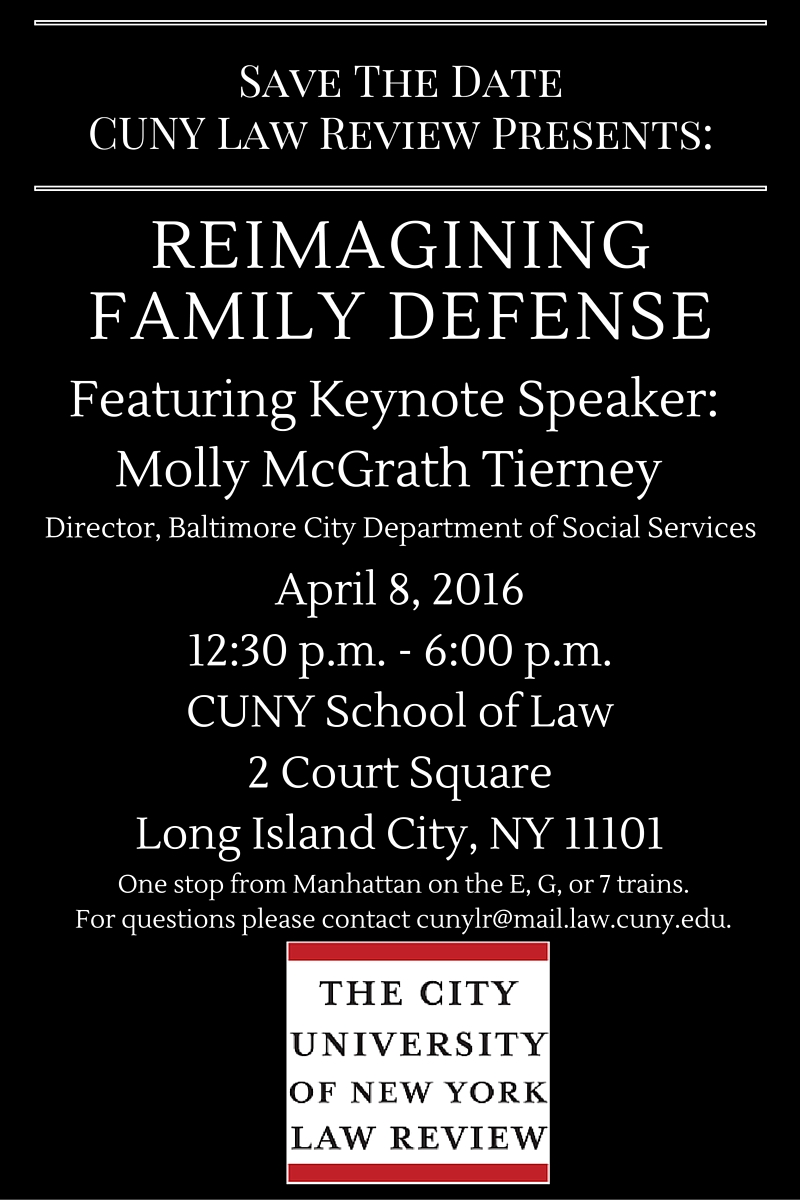Brandon Buskey*
Click here for a recommended citation and to download a paginated PDF version of this article.
Introduction
Henry Montgomery has survived the remarkable arc of the Supreme Court’s evolution juvenile sentencing. In 1970, Louisiana sentenced him to die in prison for the murder of a police officer, a crime he committed when he was seventeen years old.[1] The sentence was mandatory, and it was perfectly legal. At that time it was also perfectly legal to execute juveniles. A generation later, the Supreme Court barred the execution of children under age sixteen in 1988,[2] but the next year refused to extend the bar to all juveniles.[3] Not until 2005 did the Court exempt all juveniles from the death penalty.[4] In half a decade, the Court ruled that juveniles could not be imprisoned for life without any possibility of release for non-homicides.[5] A mere two years later, yet forty-six years after Mr. Montgomery’s conviction, the Court declared, in Miller v. Alabama,[6] that mandatory life sentences like Mr. Montgomery’s were unconstitutional.
Miller confirmed the lessons of these prior decisions that children’s youth and immaturity make them categorically different for sentencing purposes, and that life imprisonment without parole is akin to the death penalty for juveniles. Thus, automatically sentencing children to a lifetime of imprisonment “poses too great a risk of disproportionate punishment.”[7] The Eighth Amendment’s protection against “cruel and usual punishments” therefore prohibits such sentences.


 Register
Register 